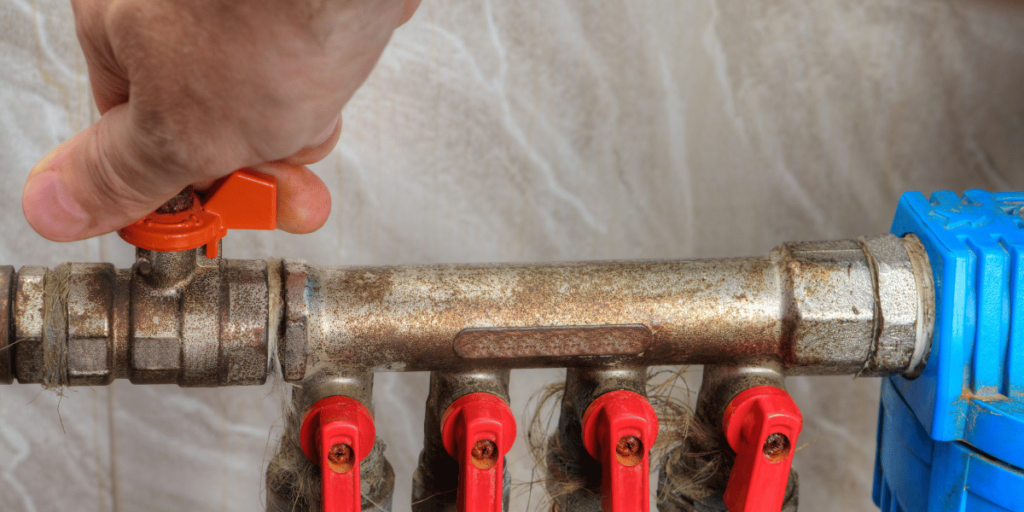Knowing your home’s water pressure is essential for ensuring proper appliance function and water efficiency. A low or high water pressure can lead to various problems, such as weak water flow, leaky faucets, and damaged appliances.
Here’s a simple guide on how to test your water pressure at home:

Materials Needed:
- A pressure gauge (available at hardware stores)
- A garden hose
Steps:
- Locate the Main Water Shutoff Valve: This valve is usually located near the water meter, often outside your home.
- Turn Off the Water: Shut off the main water shutoff valve completely.
- Attach the Pressure Gauge: Connect the pressure gauge to the garden hose.
- Open the Faucet: Open a faucet near the main water shutoff valve.
- Turn on the Water Slowly: Gradually turn on the main water shutoff valve until water starts flowing from the faucet.
- Read the Pressure Gauge: Once the water is flowing steadily, read the pressure gauge. The reading should be in pounds per square inch (psi).
- Ideal Water Pressure: The ideal water pressure for most homes is between 40 and 60 psi. If your reading is outside this range, you may need to adjust your water pressure regulator.
What to Do If Your Water Pressure is Low or High:
- Low Water Pressure: If your water pressure is low, it could be due to a variety of factors, such as a partially closed valve, a clogged pipe, or a faulty water pressure regulator.
- High Water Pressure: High water pressure can damage your plumbing system and appliances. It can also lead to increased water bills.
If you’re experiencing issues with your water pressure, contact Perfect Price Plumbing for a professional inspection and repair. Our experts can diagnose the problem and recommend the best solution to restore your water pressure to optimal levels.

